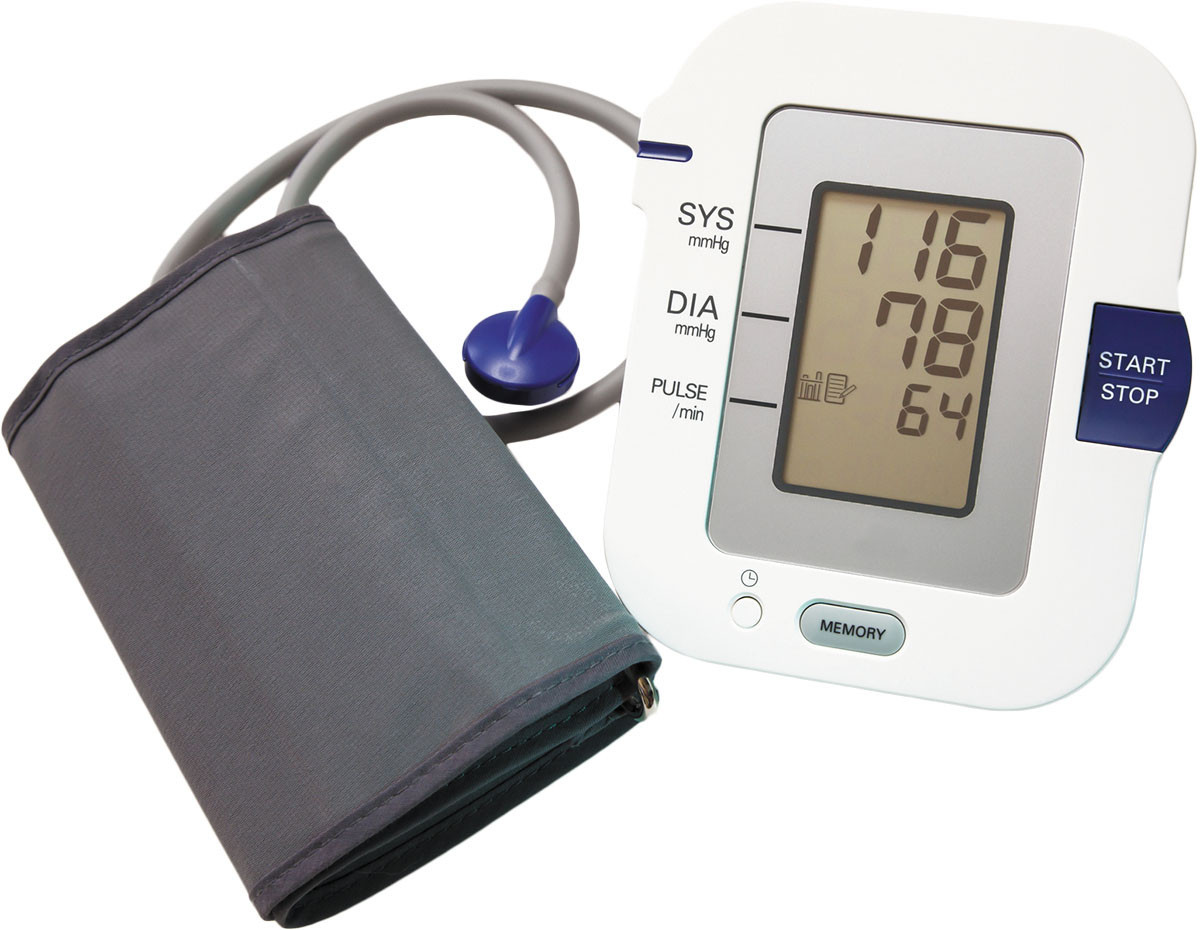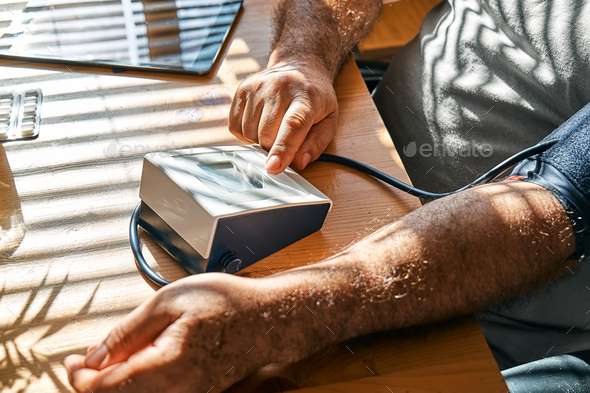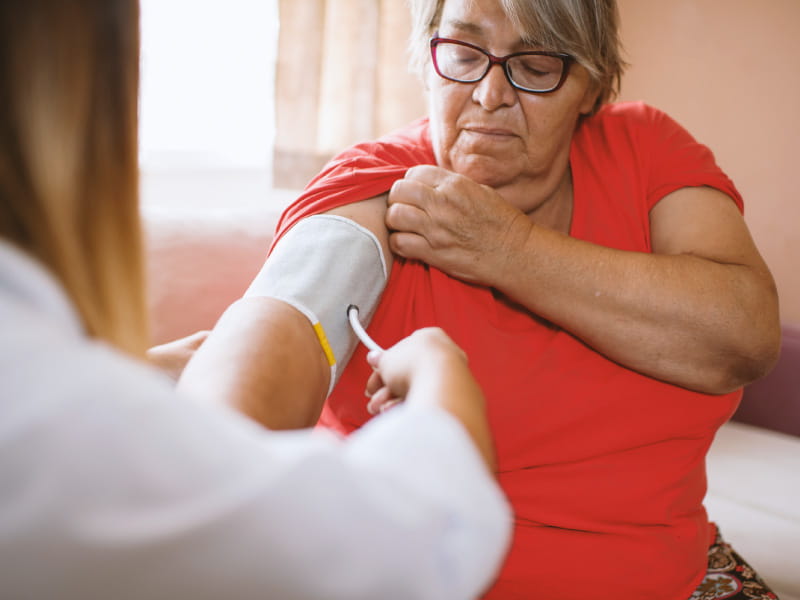How to Measure and Monitor Blood Pressure at Home Accurately

How to Measure and Monitor Blood Pressure at Home Accurately
Monitoring blood pressure at home is a practical and empowering way for middle-aged individuals to take charge of their cardiovascular health. With hypertension being a common concern for people aged 40-55, understanding how to measure blood pressure accurately can help prevent complications such as heart disease or stroke. This article provides a step-by-step guide, useful tips, and insights to ensure accurate readings and effective monitoring.

Why Monitor Blood Pressure at Home?
Home blood pressure monitoring (HBPM) offers several benefits:
-
Convenience: Avoids frequent trips to the doctor, especially for those in rural areas or with busy schedules .3.
-
Accuracy: Provides readings in a relaxed environment, avoiding “white-coat hypertension” (elevated readings due to stress at a clinic) .1 .2.
-
Proactive Health Management: Helps detect trends like masked hypertension (normal readings at the doctor but high at home) and assess the effectiveness of medications .2 .11.
-
Improved Engagement: Encourages individuals to take an active role in managing their health through lifestyle adjustments .15.

Choosing the Right Blood Pressure Monitor
Selecting the right device is essential for accurate readings. Here are key considerations:
-
Type of Monitor:
-
Features to Look For:
-
Validation:
-
Top Recommendations:

Preparing for Accurate Measurements
Proper preparation is crucial to avoid errors:
-
Avoid Certain Activities Beforehand:
-
Set Up Correctly:
-
Relax Before Measuring:

How to Measure Blood Pressure Step-by-Step
-
Position Yourself Correctly:
-
Sit comfortably with your arm supported at heart level.
-
Ensure legs are uncrossed and feet are flat on the ground.
-
-
Apply the Cuff Properly:
-
Take Multiple Readings:







